
Our pro cut our insurance in half, from $787 for 6 months to $420. Same cars, same coverage, different insurance company.
Shannon G.

Our RamseyTrusted® insurance pros shop the market and compare auto and home insurance quotes—so you don’t have to. Plug in your zip code below to connect with a pro near you to get started.
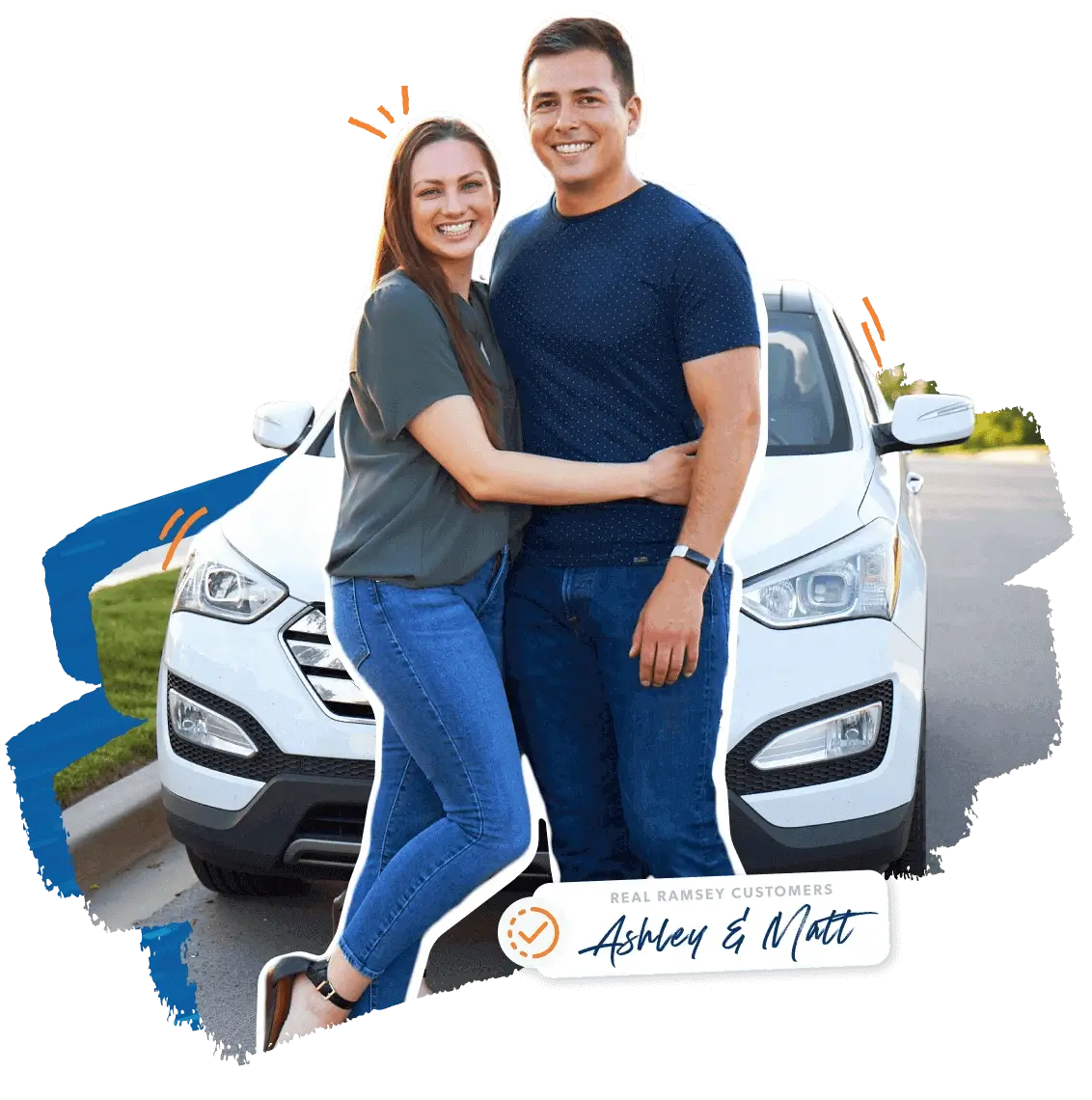
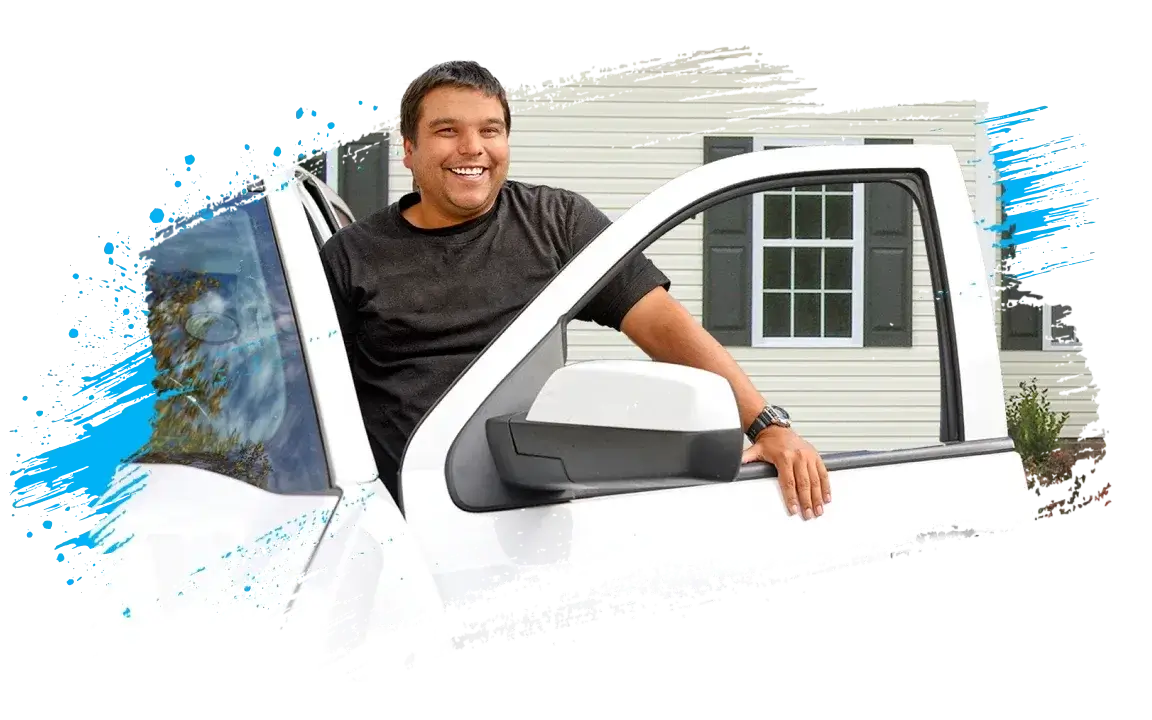
RamseyTrusted agents are interviewed, vetted, and coached to make sure they’re market experts who have your best interest at heart.
Your pro will shop the insurance market and compare quotes, discounts, and bundling deals for you, so you can sit back, relax, and know that you’re getting the right coverage.
RamseyTrusted pros make sure you have all the coverage you need and nothing you don’t—so you’ll get the right insurance that could save you BIG TIME down the road.
Are you an insurance pro looking to work with our fans? Click here.

This first step will match you with a RamseyTrusted insurance pro.
Your pro will contact you within 24 hours and answer all your policy-related questions.
They’ll compare quotes from multiple carriers to find you the right policy at the best price.
Home and auto insurance can be confusing. Sign up to get Ramsey's no-nonsense advice, including free access to Dave's video from Financial Peace University (normally $80). Plus, guides and resources sent right to your inbox!


Our pro cut our insurance in half, from $787 for 6 months to $420. Same cars, same coverage, different insurance company.
Shannon G.

Five years ago, a Ramsey ELP was only going to save me $120 a year on my home and car. I checked again a month ago, and it was saving me $900. This helps me a lot. I’m a single dad who works full time and cares for my special needs adult daughter.
Brian H.

What an absolutely wonderful experience it was to work with a Ramsey insurance ELP and move my business to them, thanks to a net savings of about $600/year on my home and auto insurance.
Scott M.

If you’re looking to save on insurance, have one of Ramsey’s pros shop insurance for you. Mine saved us over $1,000 per year and got us more coverage! 🙌
Tracey B.

Very pleased! We get great prices and peace of mind . . . Best part? Zero extra cost. You pay nothing for Ramsey doing the work and bringing you these top-notch performers.
Sid W.

Only pros and providers who do whatever it takes to help you win earn the RamseyTrusted shield. And when it comes to insurance, these folks are determined to get you the coverage you need and nothing you don’t. Seriously—we’d send our moms to them (and most of us have).
Endorsed Local Providers (ELPs) are insurance pros we trust to serve our customers. ELPs are licensed insurance agents who live and work all over the country. They partner with Ramsey because they believe the same thing we do: that getting the right car insurance coverage is an important part of protecting your financial future.
Learn how Ramsey Solutions helps people take control of their finances. Or take a minute to meet our founder, Dave Ramsey.
Independent. They can compare car insurance quotes from multiple insurers to find you the best coverage.
They’re reliable, so they’ll be there when you need them. And they’ve got the heart of a teacher, so they’ll actually help you understand your car insurance.
Nope! You just pay your insurance premium like normal—no catch, no extra costs.
Yes! In fact, most companies will give you a free car insurance quote—so you should never have to pay for one.
Everyone needs liability insurance. Depending on your car, you may also need comprehensive or collision insurance. Need all three? You’re looking at full coverage.
We usually recommend at least $500,000 in liability. (That may sound like a lot, but medical bills, car repairs and lawsuits can easily cost hundreds of thousands of dollars after an accident.) For comprehensive and collision insurance, carry enough coverage to buy a vehicle of similar value if yours gets totaled.
Here’s a breakdown of how much car insurance to get—plus what to avoid and why it matters.
Yes! Whether you’re driving a truck, motorcycle, commercial vehicle or even a boat, you need insurance.
Lots of things—like your age, driving record, type of car and state laws. See what else affects your rate and how you can save.
22 MIN READ | OCT 15, 2024

By Ramsey Solutions

Reviewed by Brett Buechner
When it comes to car insurance, the age-old question is, How much car insurance do I need? Here's a quick-and-dirty answer: You need $500,000 worth of liability insurance. That’s the type of auto coverage you’re legally required to have to drive anywhere. And that’s the bare minimum amount of coverage we recommend for all drivers—but there’s a lot more to it than that. We’ll talk more about other kinds of coverage below, but that gives you a rough idea to start!
The next question on your mind is probably, How much should I pay for car insurance? After all, if you’re looking for the biggest bang for your buck, you may think, Shouldn’t I go for the cheapest option?
There’s just one problem with going the cheapest route: Saving money isn’t the only part of buying car insurance. You also have to think about protecting your finances from the possibility of a 10-car pileup. (Okay, so that’s a little unlikely, but you get the point: Car accidents can be expensive.) You need coverage that actually covers you—the kind that protects you from budget-busting car wrecks.
You can fail that driver’s test 11 times before you get your license, but you don’t get a lot of second chances when it comes to car insurance. It’s like wearing pants—you’re either covered or you’re not.
It’s hard to figure out how much auto insurance you need because, let’s face it, even basic car insurance is confusing. But don’t worry—we’ll show you exactly what you need. For starters, most drivers should have at least three types of car insurance: liability, comprehensive and collision.
But before we dig into exactly how much car insurance you need, let’s talk about why you need car insurance.
So, do you have to have car insurance? Yep! Driving around without car insurance is like skydiving without a parachute—dangerous and stupid. And in the case of uninsured driving, it’s also illegal. But get this: Not everyone on the road has auto insurance in place. Don’t let that be you. You’ll have some heavy problems if you’re caught on the road without car insurance. We’ve all got some rebel inside of us, but this isn’t a rule you want to mess with. (But you can drive barefoot if that’s your thing!)
Another reason to get car insurance: It protects your money. How else are you going to cover the costs after your teenager accidentally drives your SUV through the garage door? (Oops!) Or when your uncle forgets to put your car in park and it rolls into your neighbor’s brand-new convertible? (Crunch.)
The right kinds and amount of car insurance can really save your financial skin—with less pain than electrolysis. And in the grand scheme of things, it’s not that expensive. (I’ll talk more on the average costs later.)
First, let’s break down a few basic car insurance terms.
Now, there are a bunch of different types of car insurance. The most important ones are liability, comprehensive and collision coverage. We call them the big three of basic car insurance—coverage you can’t afford to go without. If you have all three, it means you have full coverage.
Liability insurance covers things like medical or repair costs for other people if you cause an accident—and we recommend having at least $500,000 worth of liability. (Sending them a sympathy note is a nice touch too—just sayin’.)
Every U.S. state requires you to have liability coverage except for New Hampshire and parts of Alaska. But you might be asking, How much auto insurance do I need? Just know, liability coverage isn’t an option. You’re required to get at least your state’s minimum liability just to drive legally almost anywhere.
On the other hand, those state minimums aren’t nearly enough to protect you. If anything, you should be asking, How much liability insurance do I need to be well covered? Like we said earlier, you should have at least $500,000 worth of liability coverage that includes both property damage liability and bodily injury liability.
And if you’ve never taken a close look at your insurance paperwork, you’ll want to take a minute to find out if your coverage limits are written as split coverage or single coverage. Most are split coverage, but let’s look closer at both types and see how each one works with your goal of $500,000 in coverage.
Most policies have split coverage limits. If yours is split, it’s usually written out as three numbers. For example, 25/50/15. Don’t let all the digits confuse you. We’ll break down what each one means.
The first number is the bodily injury per person limit. (Yeah, these docs get a little morbid.) If you’re at fault in an accident, the policy in this example will cover up to $25,000 in medical, legal, funeral or lost wage costs for one person in the other vehicle—the driver or a passenger.
Of course, it’s possible for multiple injuries to happen in an auto accident. And now you’re looking at some big bills! That’s where the second number comes in. It’s the bodily injury per accident limit. This policy will pay up to $50,000 to help with those costs for multiple people, and you’d be responsible for the rest out of pocket.
The third number is the property damage per accident limit. It’s the amount your insurer will pay to replace or repair the other vehicle or property you damaged. So, this policy would pay for up to $15,000 in property damage.
Doing some quick math, this imaginary liability policy gets you a total of $65,000 in liability coverage. You might think that sounds like plenty, but trust us, the cost of an accident can escalate quickly! To hit our recommended $500,000 in liability coverage, you’ll need a split coverage policy of 100/400/100.
In case you were wondering: Leftover money from one category of coverage doesn’t work like the leftover meatloaf you saved from last night’s dinner for today’s lunch. In other words, it can’t be used to cover costs in another category. The costs are defined, and the limits are, well, limited.
But there’s another, more flexible way to write your policy.
You can also pick a single coverage limit for liability (aka a combined coverage limit). Instead of defining three types of liability coverage and giving them separate limits, a single coverage policy just has one number to cover any liability costs for an accident—property damage or injuries. Convenient, right?
This type of limit is a lot more flexible, so we recommend asking your insurance agent to help you get this kind. Again, it’s worth it to get a cool half-million in coverage.
Whichever type of coverage limit you choose, here’s the bottom line: You need to at least hit that half-million mark. That way, if an accident’s your fault, you’ve got a good amount of coverage for costs related to repairing the other driver’s car (property damage) and any costs related to their lost wages or medical bills (bodily injury).
Without liability insurance, you’d have to pay for these things out of pocket. Yeah, let’s try to avoid that.
Comprehensive coverage protects you from things like theft or damage from a fire, a storm, a natural disaster, or even a piano falling on your car. (Hey, haven’t you heard of a rooftop concert?) Comprehensive will pay to replace or repair your car as long as the damage isn’t due to a collision.
Although comprehensive coverage isn’t legally required unless you have a loan or lease (and why would you have those?), you should still have it to protect your finances from life’s flukes. Be sure your deductible is $1,000 or more—that way you save on premiums because you’ll handle the little issues out of pocket.
Collision insurance covers the cost to repair or replace your car if you’re in an accident with another vehicle or object. No matter who’s at fault, collision covers damage to your vehicle—unlike liability coverage, which pays for other people’s vehicles or medical bills.
Just like comprehensive, it’s not required (again, unless you’re leasing or have a loan).
So, do you need collision? Here’s what we say: If you can’t replace your car with cash, you should get collision coverage. Because without it, you’ll be on the hook to replace your car if it’s totaled. (And to repeat some deductible advice from above: Go for that $1,000 mark—it’ll save you money on premiums.) The only time you might not need collision insurance is if your car is paid off and, again, you can replace it from your savings.
Uninsured motorist coverage (UM) covers medical expenses (for you and your passengers) that result from a hit-and-run accident or a driver who’s uninsured. But it doesn’t cover damage to your vehicle.1 While some states require you to have uninsured motorist coverage, UM coverage is worth looking into whether your state requires it or not. It’s a pretty affordable add-on, and hit-and-runs are real. You do not want to be left holding the bill for a mess like that.
Then there are times you may get hit by a driver who has insurance, just not enough. Underinsured motorist insurance (UIM) covers you when you’re in an accident caused by a driver whose insurance coverage falls below the state’s required minimums.
And here’s a tip on that note: If you’re not sure about your own state’s requirements for UM or UIM, reaching out to one of our Endorsed Local Providers (ELPs) is a great idea. They’re all RamseyTrusted pros who know their stuff and will have your back for all things car insurance.
Occasionally, you’ll find uninsured motorist property damage, or UMPD, packaged with UM and UIM. Though it usually has a lower deductible than collision coverage, you probably don’t need both UMPD and collision coverage since they essentially do the same thing. But if you drop one of these insurance types, just be sure you already have the other kind in place first.
Whether you’re covered by health insurance or not, medical payments coverage (MedPay) pays reasonable medical expenses for you, your passengers or any family members involved in a car wreck—no matter who’s at fault. Depending on where you live, MedPay might be required.
Your health insurance should be enough to cover those costs, so you don’t necessarily need to get MedPay coverage. On the other hand, it’s usually a very small premium to get this coverage added to a comprehensive auto policy, especially if you’re bundling policies with the same company. The extra layer could come in handy! To find out if you’re good to go already or need to add MedPay, be sure and review your coverage with one of our RamseyTrusted ELPs.
Personal injury protection (PIP) is similar to MedPay but has more extensive coverage, higher coverage limits and a higher premium. But unlike MedPay, PIP generally has a deductible. (Sidenote: Gladys Knight and the Pips make for super smooth driving music.)
So far, 19 states have passed laws where you’re either required to have PIP or have the option to purchase it as an add-on insurance.2 If you live in a state that requires you to carry PIP, you should take full advantage of the coverage if you ever need it. Here are some things PIP may cover for you:
Though it varies from state to state, PIP coverage usually kicks in right away and provides coverage up to the limit you choose. It also has to be used up before you can tap into your MedPay or health insurance policy.
So you’re probably wondering, Do you recommend PIP? Personal injury protection is helpful for many situations but not for all. Obviously if you live in a state where it’s required, you’re going to need it. No matter where you live, PIP covers so many things at a great value. Here are a couple other scenarios to consider:
Now that we’ve looked at the main types of car insurance, let’s see what else is available.
With the cost of new and used cars continuing to climb, the average length of a car loan is about six years, making GAP insurance more popular than ever.3
Let’s pretend you lost your mind and, instead of paying cash, you financed a brand-new SUV (seriously, don’t do this). If you totaled it a year later, your insurance company would only cover the actual cash value (ACV) of the SUV. So, even though they’d be cutting you a pretty big check, it still wouldn’t be enough to pay off your loan. That’s because new cars lose about 20% of their value in the first year.4 Yikes!
GAP insurance fills this “gap” by covering the remainder of what you still owe on your loan.
If you want to save yourself a financial headache, skip GAP insurance and buy a used car with cash in the first place. If you already have a car loan, make it your goal to pay it off as quickly as possible so you can drop the GAP coverage and lower your premium.
Temporary car insurance is an option for drivers who plan to drive a car only for a short period (usually six months or less). So, if you’re going on an epic road trip with your siblings and plan to drive your brother’s car, temporary car insurance is helpful. But keep in mind, most reputable insurance companies don’t offer it. Instead, it comes in the form of non-owner car insurance or rental car insurance.
If you’re on a first-name basis with your mechanic, you may be tempted to sign up for mechanical breakdown insurance because it lets you choose where to get your car repaired, as long as the mechanic is licensed. My advice? Save your money and avoid this coverage. If you still want to use your favorite mechanic, use your emergency fund to pay for emergency repairs—that’s what it’s there for!
So, how exactly do you make do without a car after an accident? Who’s going to pick up the kids from school or take you to work the next day? That’s where rental reimbursement coverage comes in. It covers the cost of a rental car (up to a specific dollar amount and number of days) while your car is in the shop.
If you think you’ll need this backup plan in place, rental reimbursement’s not a bad idea to add to your policy—as long as you like the price! But if it’s going to spike your premium a lot, it’s a no-go. Your emergency fund should be able to cover a temporary rental (and save you money in the long run).
If your car tends to sit in the garage collecting dust, you may need to get out more. But you may also be interested in pay-per-mile coverage. With this coverage, your insurer installs a GPS device in your car so you’re billed per mile rather than with an annual estimate.
Remember that time you coasted down the interstate on empty, praying you’d make it to the closest gas station? Or that time you hit a pothole and wound up with two flat tires? Bad times.
Roadside assistance coverage saves you in these moments. It covers having fuel brought to you, getting your battery jumped, having your car towed to the nearest repair shop or replacing a dead battery. And if you don’t have something like AAA, it can really come in handy.
You may be wondering, Why would I purchase an umbrella liability policy if I already have liability insurance? Umbrella insurance (or personal liability insurance) is an extra layer of liability coverage that kicks in after you’ve met the limits of your current policy. You’ll typically find coverage ranging from $1–5 million.
If your net worth is $500,000 or higher, umbrella insurance is a must to protect your assets! It also covers any damages you’re legally responsible for in the event of an accident. Plus, umbrella insurance normally offers a wider form of protection than liability insurance for things like legal fees, false arrests and even slander.
Roll bars. Fog lights. Camper shells. (Those could all make for great indie band names, right?) If upgrading your car is how you roll, you might look into custom equipment coverage. And if you’ve permanently installed aftermarket parts (not made by the original manufacturer) or performance parts on your car, adding this to your car insurance could help you pay to repair or replace enhancements like custom running boards, stereo systems or even a custom paint job.
Original equipment manufacturer (OEM) endorsement is a mouthful, but here’s the deal—it’s coverage that makes sure the same parts your manufacturer safety tested and used to originally build your vehicle will be used to fix your car if it’s in an accident.
Quick note on OEM endorsement: Not all insurance companies offer this kind of coverage. Be sure to find an agent who’ll explain everything that’s available to you—and who’ll help you get the right amount of coverage at the best price.
Did you know just one at-fault accident can significantly increase your insurance premium? That’s pretty harsh. But forgiveness coverage might help!
Forgiveness coverage can’t turn back time and undo an accident (that’s what time machines are for). But it can essentially wipe your slate clean by “forgiving” your first at-fault accident. Depending on your insurance company, this coverage may only apply once per policy term, or it may take years of safe driving to go into effect.
If you live next to a golf course, you may have found yourself wishing you had glass coverage to pay for the cost of fixing or replacing the windows on your car. Some insurance companies offer glass coverage with no deductible, but the cost of the added coverage may outweigh the benefits, especially since some policies only cover the windshield.
Restoring classic cars seems like a cool hobby—but it’s also expensive! That goes for repairing or replacing them, too. If you’re into cars from the ’90s and older, you’ll want to look into classic car insurance. This will protect your investment if that sweet 1967 Volkswagen Beetle gets damaged or stolen.
Driving for a rideshare company like Uber or Lyft is a great way to make some extra cash. But most people doing this kind of work have no idea their personal policy won’t cover a rideshare hustle. And the rideshare companies don’t offer full coverage. That’s where rideshare insurance can make up the difference.
Now that you’re an expert on what kind of car insurance you might need, it’s time to dig deeper into how to pick the right deductible.
If you choose a high deductible, your insurance company looks at you as a lower risk and will reward you with a lower premium. If you choose a low deductible, your insurance company sees you as a higher risk and will—you guessed it—give you a higher premium. (Spoiler: We recommend the first option.)
A $1,000 deductible usually means you’ll pay a lower premium. And since the first Baby Step is to save up a $1,000 starter emergency fund, you’ll have the savings on hand to cover your deductible. But before you sign up for a $1,000 deductible, work with your insurance agent to make sure it’s worth the extra risk by running a break-even analysis as you compare rates. Let’s take a closer look.
For example, if you raise your deductible from $500 to $1,000, you increase your risk by $500. If that reduces your annual premium by $50, you’ll have to go 10 years without an accident to break even—not a great deal. But if increasing your deductible knocks $150 off your annual premium, you’ll break even in just over three years. That makes much more sense! Whatever you end up doing, there are lots of ways to save on car insurance.
And if you’ve heard of something called a disappearing deductible, no, it’s not a magic trick. Your payments definitely won’t vanish into thin air. Some insurance companies offer disappearing deductibles at an additional cost for drivers with a long history of safe driving. The deductible decreases every year you’re accident-free.
So, let’s say your original deductible is $500 and it decreases by $100 each year you don’t get in an accident. If you’ve been accident-free for five years, your deductible would go to $0. But the deductible reappears in full the second you get into an accident. Ta-da! Factoring in the extra cost of the coverage, you’re usually better off saving that money to put toward your debt snowball or emergency fund.
Now that you know everything there is to know about car insurance, the final question is, How do I get the right car insurance coverage? Whether you’re purchasing it on your own or using an insurance agent, there are a lot of factors to keep in mind. You want the most for your money, but you also need to be covered when you’re on the road. Cost and protection both come into play.
When you’re trying to get the right car insurance at the best price, having the following key information in mind—and sharing all the facts with your agent—will help you get the right policies and can even save you some hard-earned money in the long run!
With so many variables surrounding the types of car insurance available, it’s easy to spend more money than your coverage is worth. It’s also easy to think you have enough while actually being underinsured. That’s no good, so look at your options and get that premium down without sacrificing key protections.

ABOUT THE AUTHOR
Ramsey Solutions
Ramsey Solutions has been committed to helping people regain control of their money, build wealth, grow their leadership skills, and enhance their lives through personal development since 1992. Millions of people have used our financial advice through 22 books (including 12 national bestsellers) published by Ramsey Press, as well as two syndicated radio shows and 10 podcasts, which have over 17 million weekly listeners. Learn More.
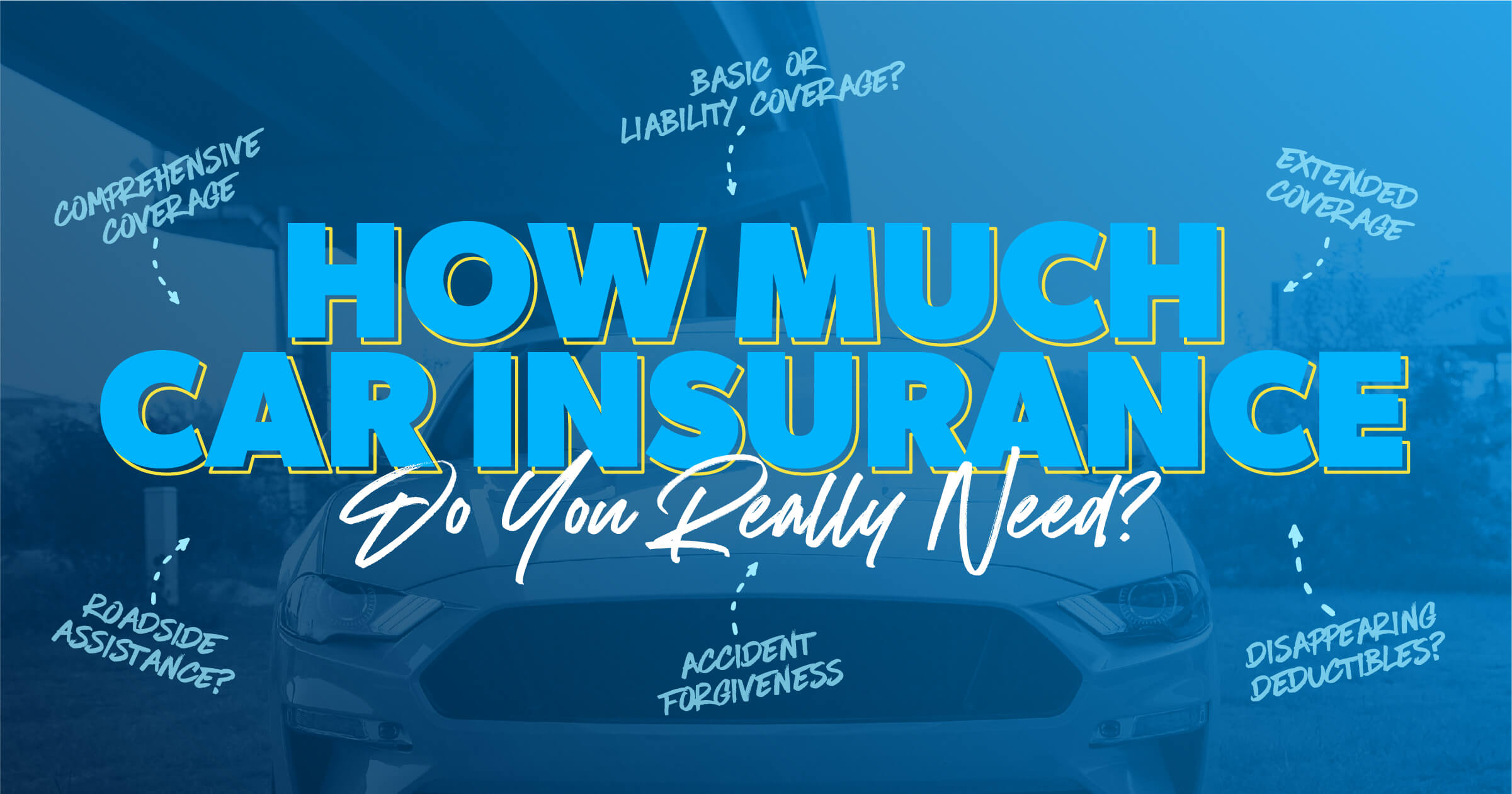
Figuring out how much car insurance do you need is hard because, let’s face it, car insurance is confusing. That’s why we’re going to show you exactly what you need.
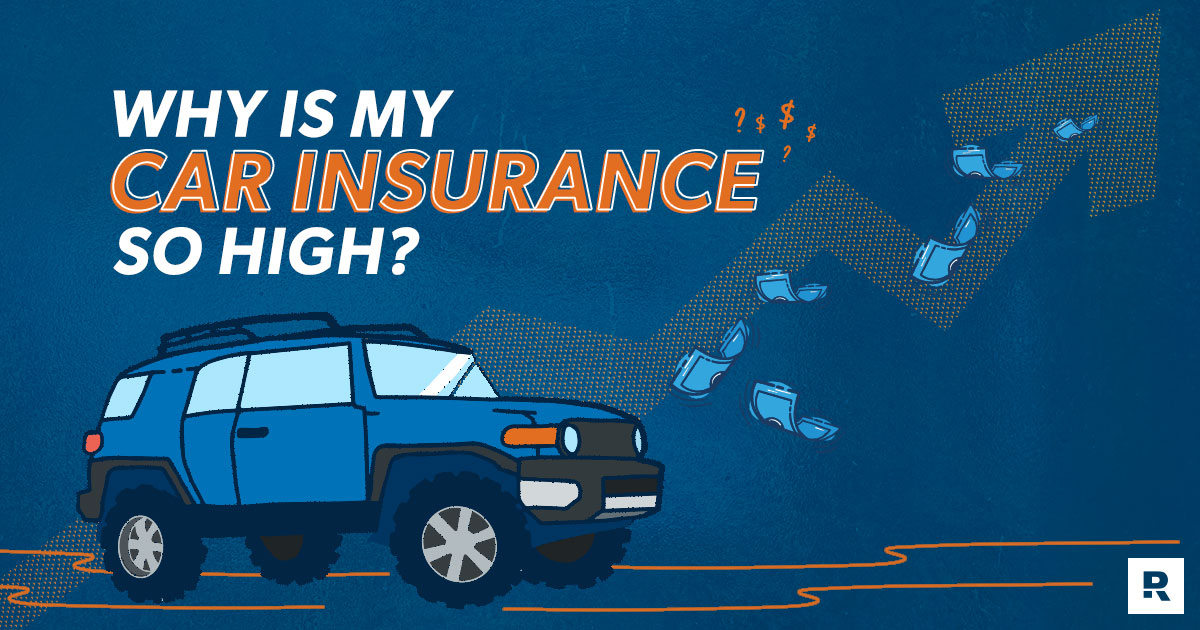
Car and home insurance rates are through the roof—but why? You’ve got questions, I’ve got answers! (And ways to save.)
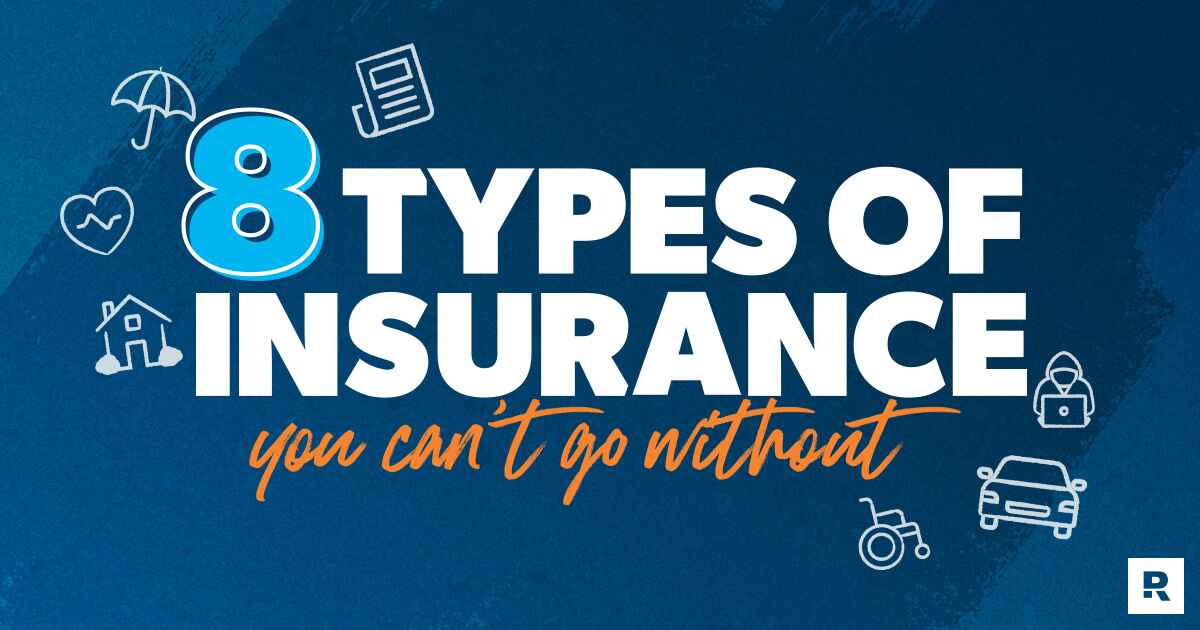
With so many types of insurance to choose from, it's hard to know what you need and what you don't. So, let’s go over the eight types of insurance you can’t go without.